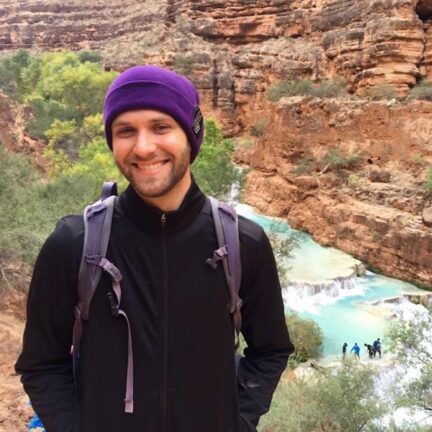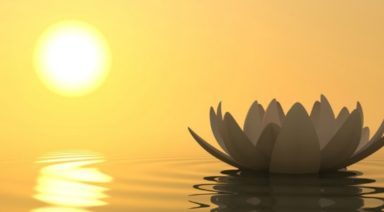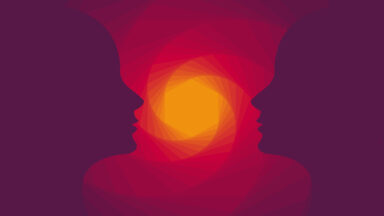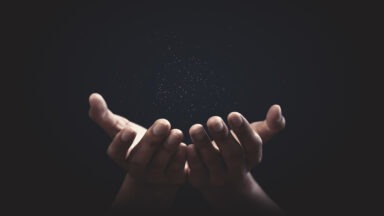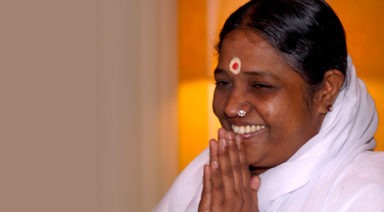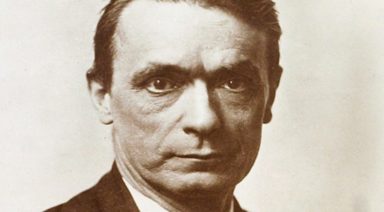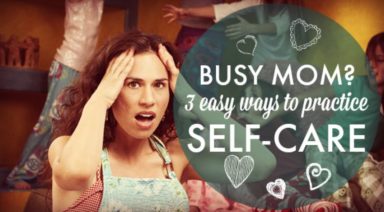5 Ways to Boost Your Creativity

Creativity and art are part of human nature. They are part of what separates us from animals. Without creativity, there would be no new inventions, there would be no electricity, no water, and no Internet. Everything surrounding us in our physical environment is the result of creative human thinking. Whatever you can think of, somebody first had to have the concept. In his famous 1964 book ‘The Act of Creation’, author and polymath Arthur Koestler compared many different examples of invention and discovery. Koestler concluded there is a common thread in human creativity, which he called “bisociation” – a blending of ideas from previously unrelated lines of thought, into a whole new surprising and unexpected idea. According to Koestler, creativity can be practiced and developed, and even people who think they are not innovative or creative, can become so.
How can we hone our creative thinking skills?
**1. Enjoy. **Once you know how to do it, you too can come up with a new idea. Have a “creativity space” in your office or home. Maybe with scattered papers, colourful objects, crayons, markers, pens, etc. Hang a corkboard on the wall, where you can pin up odd newspaper clippings, magazines, photos, kids’ drawings, flirty messages. Try to pin up all kinds of things. Then rearrange them. This is your creative environment. Be innovative. You can attach stuff to the curtains, to the refrigerator, on your desktop – interesting magnets, mirrors, memos, beautiful art images, jokes, wisdom. You want this environment to be fun, to uplift your mood. Interrupt your work to laugh about something with colleagues, to juggle balls, or throw darts at the wall.
**2. Set your mind to being creative. **Take time for creative thinking. In pure mathematics, a problem will have one right solution, and mathematicians will throw all their energy and time into finding that one answer. In the real world though, there is usually more than one way to solve a problem. The best way to approach any problem requires some creativity; of course, some people will pooh-pooh this approach, or come up with totally silly ideas. With a little practice, and experience you can get better at coming up with new ideas. The new ideas are all around you; knowing that will make it much easier for you to think of them than if you were not sure whether there really is an answer.
Imagine if everyone believed that everything had already been invented! Would we have so much variety if people really believed that? Think about how we need to store more and more information. Would we still be stuck with floppy discs? Anything can be improved upon. The best story is not yet been written, the fastest possible cars do not exist. Medicine continues to evolve. Scientists continue to seek for answers to the thousands of questions that are still unanswered. There are always hundreds of solutions to a problem, and there is no reason why you couldn’t think of some of them.
**3. Go back to the child in you. **Consider what things give you real pleasure. Look at them from a new angle, as if you’ve never done them. You can look similarly at everyday problems from a different perspective. Look at them with fresh eyes, the way children do. As we get older and older, all that experience and learning makes our thinking rigid. Children are unencumbered by the weight of accumulated information that constricts adult thinking. We take the same route to work, cook the same meals from the same proven recipes, and complain that things are not going right, not realizing that the problem might actually be in the way we do things. Children see things with fresh eyes. Have you ever been surprised by a child, asking a perceptive question about a problem when you couldn’t think of anything new about it.
Go outside. Change the route to work. Use a different recipe for a familiar dish. Consider the problem backwards. “Put on foreign shoes”. Colour grass orange, paint the sky green, and turn the sun blue. Turn your ideas about everything upside down. Ask yourself how you would have thought as a six, eight or 12 year old child – about some of the world’s “unsolvable” problems. They see the world through rose-colored glasses. Maybe we should too.
**4. Unleash your curiosity. **Every new idea is based on previous knowledge. Sir Isaac Newton, who discovered the laws of gravity and motion in 1687 said, “If I have seen a little further than others, it is by standing on the shoulders of giants, who came before me.” New ideas are not necessarily discoveries that nobody has thought of before. Usually they combine elements of already existing ideas. Curiosity is the collection of heterogeneous information – historical, geographical, philosophical, and scientific. It is curiosity that helps in the exploration of an object, a country, or even an idea. Albert Einstein said “I have no special talent. I am only passionately curious.” Ideas occur to people who are interested in everything. Then, when they need it, creativity will combine with the knowledge in their minds, and grow into something original. Gathering more information always helps. Get a notebook that you can take everywhere with you. Record in it everything you find interesting and important. Learn to combine ideas. Read professional journals, documentaries, diverse literature. Watch interesting T.V. The internet is rich too; use it to visit forums and social networks.
5. Record everything. Don’t let it gather dust. Review it regularly. Summarise everything that might be useful. Do not be afraid to experiment. Even the crazy ideas might be useful to you later on. Just ask and be creative!
3 Powerful Tips to Activate the Law of Attraction in Your Life

Perhaps you have heard about the “law of attraction” and “manifesting your own reality.” Manifesting refers to the ability to attract positive things towards us through the use of our intention and thoughts. The principles behind Manifesting go back thousands of years. Over time, different cultures and civilizations have uncovered these basic truths and expressed them in their own way – from ancient Hindu scriptures to modern-day particle theory.
The language may have changed, but the underlying law is universal. Everything in the world is made of particles of energy, vibrating at different frequencies. When we send out positive thoughts of gratitude and abundance, we attract positive energy into our lives (and vice versa). It’s the same principle behind bestselling books like The Celestine Prophecy and films like The Secret and What the Bleep Do We Know?!.
We all use manifestation in our lives, whether we realize it or not. Most of the time, we do it unconsciously. We might fall into a negative spiral, and everything seems to go wrong at once. Or we have one success which leads to another and another. The basic principle of the law of attraction is that “like attracts like.” Often, we do this unconsciously. But once you master it, you can consciously create the reality you want.

